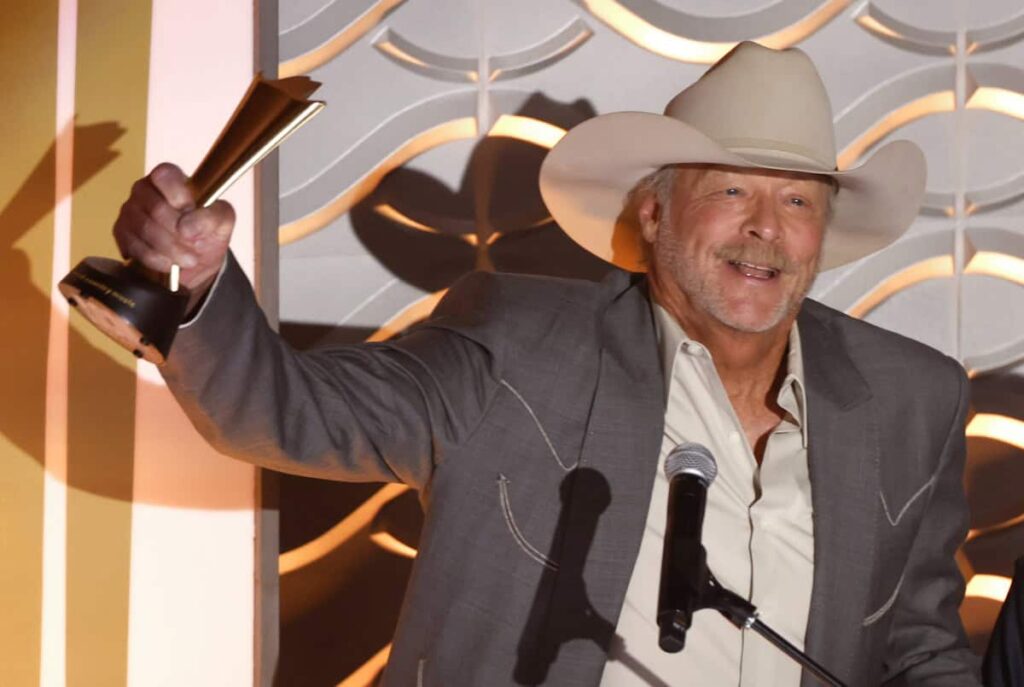
A Cynical Ode to Reinvention in the Glittering Mirage of Nashville
When Alan Jackson released “Gone Country” as the third single from his 1994 album Who I Am, it swiftly climbed to the top of the Billboard Hot Country Songs chart, securing yet another No. 1 hit in a career marked by commercial triumph and artistic integrity. But behind its rollicking tempo and radio-friendly twang lies a sharp-eyed commentary on authenticity, ambition, and the curious magnetism of country music for outsiders seeking reinvention.
Penned by veteran songwriter Bob McDill, “Gone Country” is more than just a toe-tapping anthem—it’s a mirror held up to the American music industry at a moment of profound transition. The early 1990s saw country music exploding into mainstream consciousness, riding a wave that blurred traditional boundaries and attracted musicians from far-flung genres. With slicker production values and crossover appeal becoming increasingly lucrative, Nashville began welcoming a new breed of artist: not born in honky-tonks or raised on back-porch fiddles, but drawn to country’s booming commercial promise. It is precisely this migration that Jackson and McDill dissect with surgical wit.
Rather than narrating his own journey—Jackson, after all, was one of the few who genuinely rose from rural Georgia obscurity—the song adopts a rotating perspective, spotlighting three archetypal characters. Each is plucked from a different musical world: a faded lounge singer from Las Vegas, an East Coast folkie disillusioned with protest songs, and an aging female pop singer whose career has stalled. Their motivations are clear—not love for country’s heritage, but survival in an unforgiving industry. “They’ve gone country,” Jackson sings with wry detachment, “look at them boots.” These aren’t celebrations; they’re diagnoses.
The brilliance of “Gone Country” lies in its balance. Jackson never explicitly condemns these characters; he simply observes them through McDill’s sharply drawn verses and delivers them with his signature blend of warmth and bemused distance. His vocal tone remains measured—neither accusatory nor forgiving—as steel guitar and piano swirl around him in polished Nashville fashion. The result is deceptively infectious: a song that invites you to sing along even as it prompts you to question who gets to wear the hat—and why.
Yet beneath its satirical edge pulses a deeper lament: the erosion of sincerity in an age where image often supersedes substance. As genre lines blur and market trends dictate artistic direction, “Gone Country” stands as both time capsule and cautionary tale. It captures a pivotal era when country music was becoming big business—and raises perennial questions about authenticity in art.
Even decades later, as the genre continues to evolve (and sometimes contort), Alan Jackson’s delivery remains hauntingly relevant: both participant in and critic of the very phenomenon he describes. “Gone Country” endures not just because it’s catchy or clever—but because it dares to ask whether success always comes at the cost of something real.